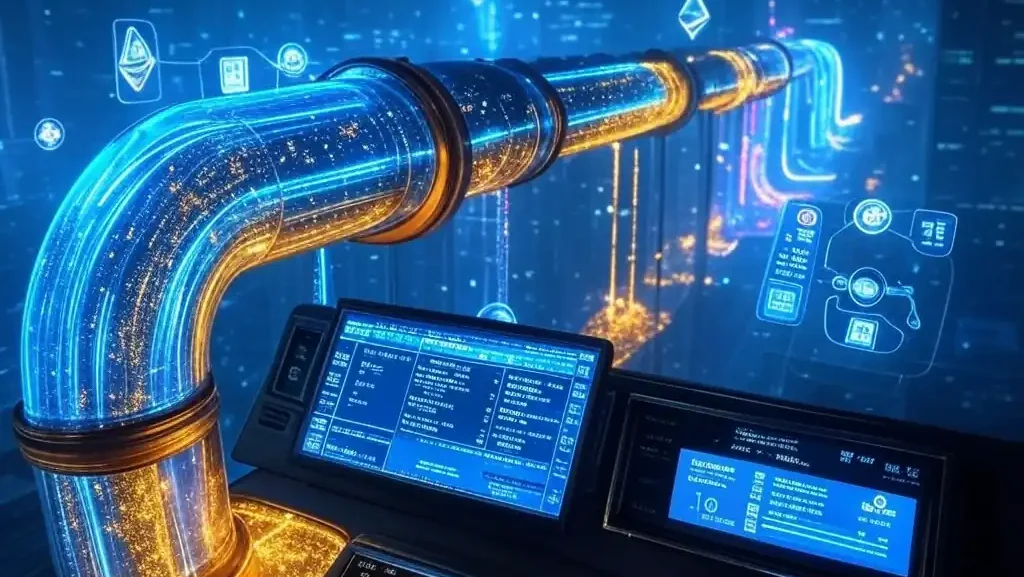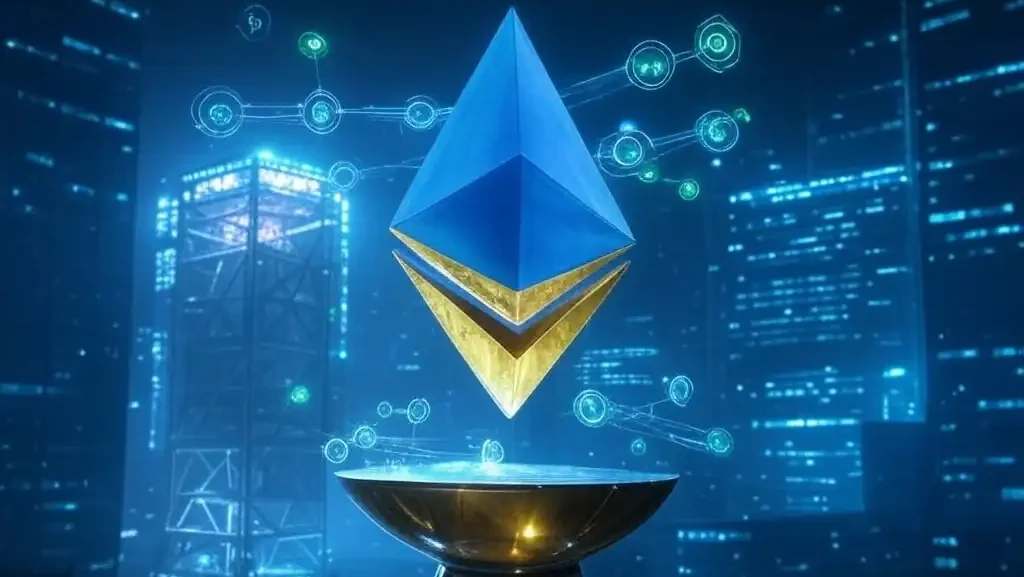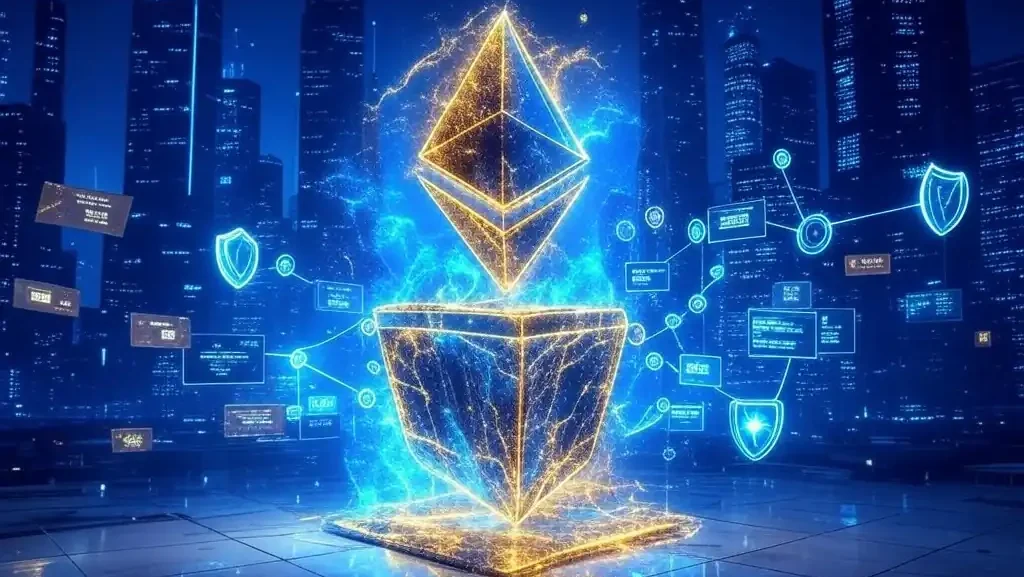Gas Fees and Transaction Processing on Ethereum

In the Ethereum ecosystem, gas is the fuel that powers all operations. Understanding how gas works, how fees are calculated, and how transactions are processed is essential for anyone using the Ethereum network. This guide explains these foundational concepts in detail, providing clarity on one of Ethereum’s most frequently misunderstood aspects.
What Is Gas and Why Does Ethereum Need It?
Gas is a measurement unit that quantifies the computational work required to execute operations on the Ethereum network. Every action on Ethereum—from simple token transfers to complex smart contract interactions—requires a specific amount of computational resources. The gas system serves several critical purposes:
- Resource Allocation: Ensures fair distribution of the network’s computational power
- Spam Prevention: Creates an economic barrier to network abuse
- Incentive Structure: Compensates validators for securing the network and processing transactions
- Infinite Loop Protection: Prevents smart contracts from consuming unlimited resources
The Metering System
Gas works like a metering system where different operations cost different amounts of gas:
- Simple operations (like addition) cost very little gas
- Complex operations (like storing data) cost significantly more gas
- The most expensive operations are those that permanently store information on the blockchain
How Ethereum Transactions Work
To understand gas fees, you first need to grasp the basic structure of Ethereum transactions.
Anatomy of an Ethereum Transaction
An Ethereum transaction contains several key fields:
- From: The sender’s address
- To: The recipient’s address (or empty for contract creation)
- Value: The amount of ETH to transfer
- Data: Additional information or smart contract instructions
- Gas Limit: Maximum gas the sender is willing to consume
- Max Fee Per Gas: Maximum price the sender will pay per unit of gas
- Max Priority Fee: Tip to validators to incentivize inclusion
The Transaction Lifecycle
When you submit a transaction to Ethereum, it goes through several stages:
- Creation: You construct a transaction with the parameters above
- Signing: You cryptographically sign the transaction with your private key
- Submission: The signed transaction is broadcast to the Ethereum network
- Mempool Inclusion: Validators add your transaction to their memory pool
- Execution: A validator includes your transaction in a block and executes it
- Confirmation: As more blocks are added after yours, your transaction gains confirmations
Understanding Gas Fees After EIP-1559
Ethereum’s fee mechanism underwent a major upgrade with EIP-1559 in August 2021, changing how gas fees work. This update introduced a more predictable fee structure with several components.
The Base Fee
The base fee is:
- Burned (removed from circulation) when paid
- Automatically adjusted based on network congestion
- The minimum amount required for a transaction to be valid
- The same for all transactions in a block
The Priority Fee (Tip)
The priority fee is:
- An optional tip paid directly to validators
- Used to incentivize validators to include your transaction sooner
- Typically higher during times of network congestion
- Set by the user based on how quickly they need their transaction processed
The Max Fee
The max fee per gas represents:
- The absolute maximum you’re willing to pay per unit of gas
- A cap that protects you from paying more than expected
- A combination of base fee + priority fee + potential variance buffer
Calculating Total Transaction Cost
The total cost of an Ethereum transaction is determined by:
Strategies for Managing Gas Costs
Optimizing gas usage can significantly reduce transaction costs on Ethereum.
Setting Appropriate Gas Parameters
- Gas Limit: Set this high enough to cover your transaction’s execution but not excessively high
- Max Fee: Check gas trackers for current market rates when setting this value
- Priority Fee: Adjust based on how quickly you need your transaction to be processed
Timing Your Transactions
Network usage follows patterns:
- Weekends typically have lower activity and gas prices
- Early mornings (UTC) often see reduced congestion
- Major NFT mints and token launches can spike gas prices temporarily
Using Gas Estimation Tools
Several tools can help estimate appropriate gas values:
- Wallet gas estimators (built into MetaMask and other wallets)
- Gas tracking websites like Etherscan’s Gas Tracker
- Gas fee APIs for developers
Common Gas-Related Issues and Solutions
Even experienced Ethereum users encounter gas-related challenges.
Stuck Transactions
A transaction can get "stuck" when:
- The gas price is too low for current network conditions
- It’s dependent on another pending transaction
- Cancelling the transaction by sending a 0 ETH transaction to yourself with the same nonce
- Speeding up the transaction by resubmitting with a higher gas price
- Using your wallet’s "speed up" or "cancel" functionality
Failed Transactions
Transactions can fail but still consume gas when:
- They run out of gas before completion
- They encounter an error during execution
- They violate constraints in a smart contract
Gas Estimation Errors
Sometimes wallets or applications may incorrectly estimate required gas:
- Always review gas limit suggestions for unusually high values
- For complex contract interactions, consider testing with a small amount first
- Some operations naturally require high gas (like initial NFT mints or complex DeFi operations)
Layer 2 Solutions and Gas Fee Reduction
As Ethereum’s popularity has grown, Layer 2 scaling solutions have emerged to reduce gas costs:
Rollups
Optimistic rollups and ZK-rollups batch multiple transactions into a single proof submitted to Ethereum, spreading gas costs across many users. Popular implementations include:
- Optimism
- Arbitrum
- zkSync
- StarkNet
Sidechains
While not technically Layer 2s, sidechains offer compatibility with Ethereum while using different consensus mechanisms and fee structures. Examples include:
- Polygon PoS Chain
- Gnosis Chain (formerly xDai)
Choosing the Right Layer for Your Needs
Consider these factors when deciding between Ethereum mainnet and Layer 2 solutions:
- Transaction value: Higher-value transactions may warrant higher gas fees for maximum security
- Time sensitivity: If immediate finality isn’t required, Layer 2s may be suitable
- Application ecosystem: Check if your preferred applications are deployed on specific L2s
- Bridge costs: Remember that moving to and from Layer 2s incurs mainnet gas fees
The Future of Ethereum Gas and Transaction Processing
Ethereum’s roadmap includes several improvements to gas efficiency and transaction processing:
Sharding
Future sharding implementation will divide the network into parallel data lanes, increasing throughput and potentially reducing gas costs.
Improved EVM Efficiency
Ongoing EVM upgrades aim to reduce the gas cost of common operations.
Fee Market Evolution
The fee mechanism continues to evolve based on network usage patterns and community feedback.
Conclusion
Gas fees and transaction processing are fundamental aspects of Ethereum’s design that balance security, decentralization, and resource allocation. While gas costs can sometimes be frustrating, they represent a necessary economic mechanism that powers the world’s most active smart contract platform. As you interact with Ethereum, understanding these concepts helps you navigate the network more efficiently and with fewer surprises. With ongoing improvements to Ethereum itself and the growing ecosystem of Layer 2 solutions, the future promises more accessible and affordable transaction processing for all users.


